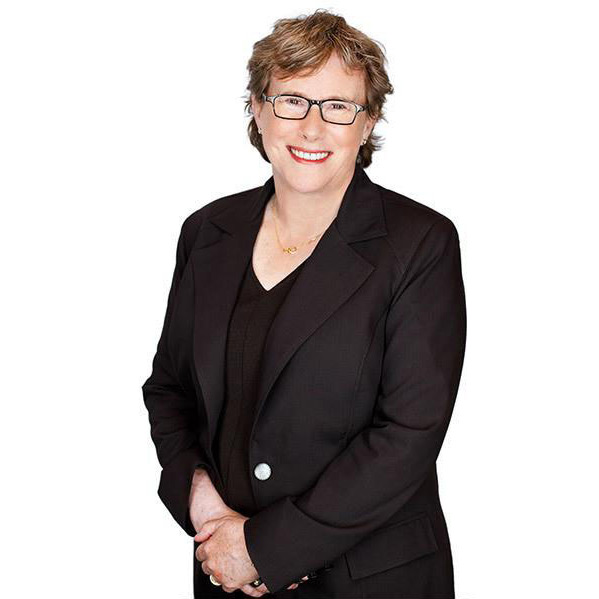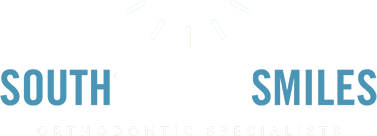All you need to know about overbites in children
We see a lot of parents who come into our practice to ask whether or not they should “fix” their child’s overbite. They have valid concerns for their child’s health and wellbeing.
Overbites might seem like a trivial problem when a child is young, but that’s not exactly true. As children orthodontists in Surrey, we have seen untreated overbites that create painful issues down the road that are much more difficult to correct in an adult.
In other words, correcting an overbite when a person is a child is a good idea since the issue itself can cause major problems later in life.
What is an overbite?
An overbite is a form of “malocclusion”, or a misaligned position of the teeth when the jaws are closed, come in a few forms. There is an underbite when the lower jaw is forward so that the lower teeth rest outside of the upper teeth (or the upper teeth sit inside the lower).
A crossbite is when the teeth and jaws are misaligned sides to side — either from left to right or right to left.
And finally, the overbite, when the upper jaw (and teeth) overlaps your lower jaw (and teeth). Malocclusions can range in severity but even in mild cases, setting it right as a child means prevention of later pain and discomfort.
Why fix children overbite?
Fixing an overbite will generally have a long-term net positive effect. When teeth are misaligned, there are a few things that might happen, including:
- Gum damage — either the back gums of the upper teeth and/or the front gums of the lower teeth might wear down.
- Pain — over time, the misalignment may create chronic pain in the jaw, or even headaches and other pain throughout the body, or it may lead to Temporomandibular Joint Disorder.
- Tooth damage — the teeth will wear down unevenly with every chew, causing the enamel to wear down and even cracks or chips in the teeth. This will speed up the need for repairs and replacements.
- Difficulty in speaking — an overbite can make learning certain speech sounds more difficult and result in a young person having a hard time articulating certain words.
- Difficulty chewing — some foods are more difficult to eat without the full faculty of the teeth and jaw.
What can be done about child’s overbite?
Orthodontic treatments are usually the best way forward, though we won’t know for certain until we take a look. There are several orthodontic treatments available and often braces are a great place to start.
The placement of elastics in addition to braces are highly effective for moving the jaw. In severe cases, the patient may require surgery but that is not something we can determine without a proper assessment.
If you live in Surrey or the surrounding area and are looking for an orthodontist for yourself or your child, we are happy to help! An overbite is fixable and it is a great idea to start when a person is young so don’t delay! Come in for a consultation and we would be happy to discuss a plan.

Dr. Williams, an orthodontist in Surrey, and the South Surrey Smiles team are dedicated to providing the South Surrey, White Rock, and surrounding communities with consistently exceptional orthodontic care, creating a fun, relaxed practice where you can feel truly at home.

